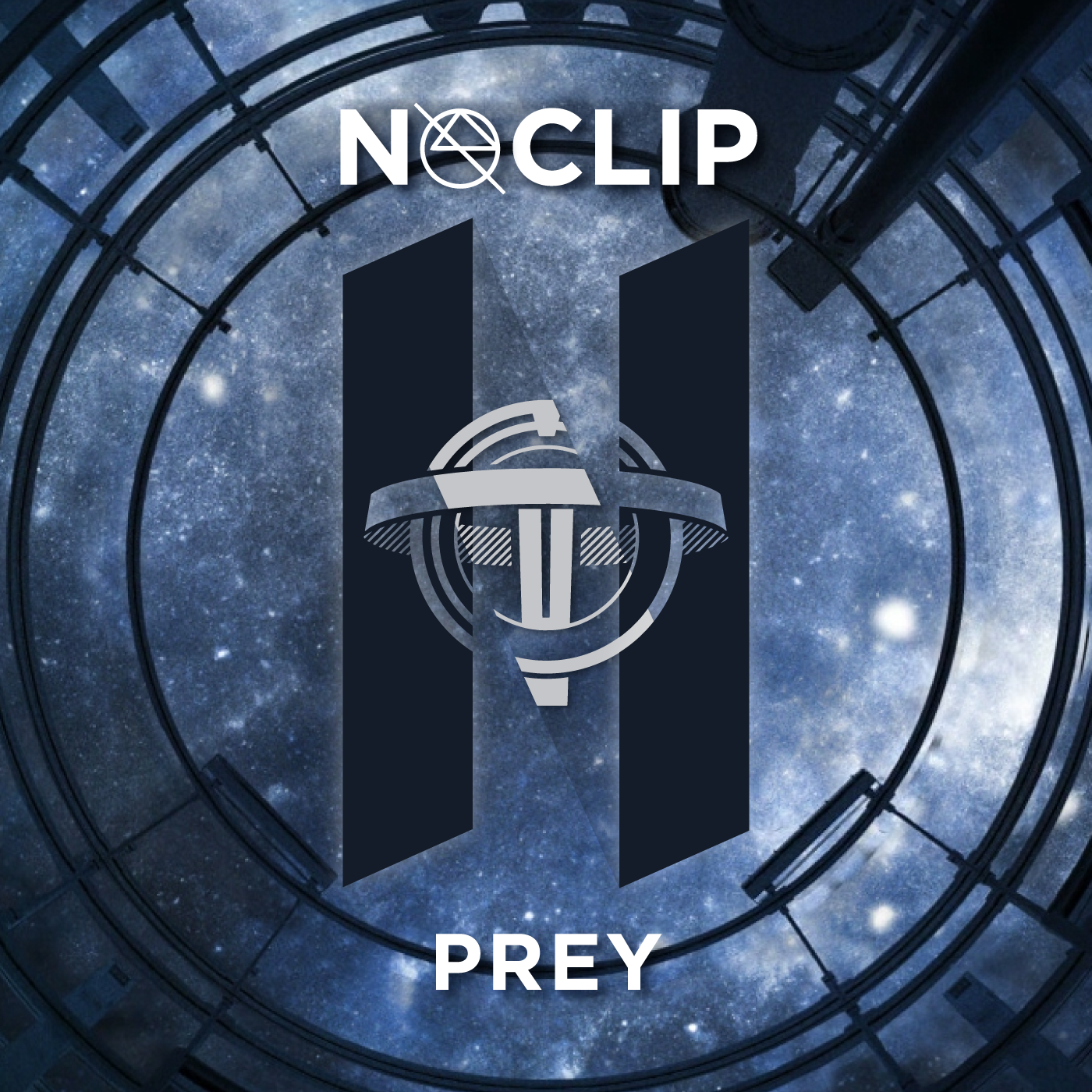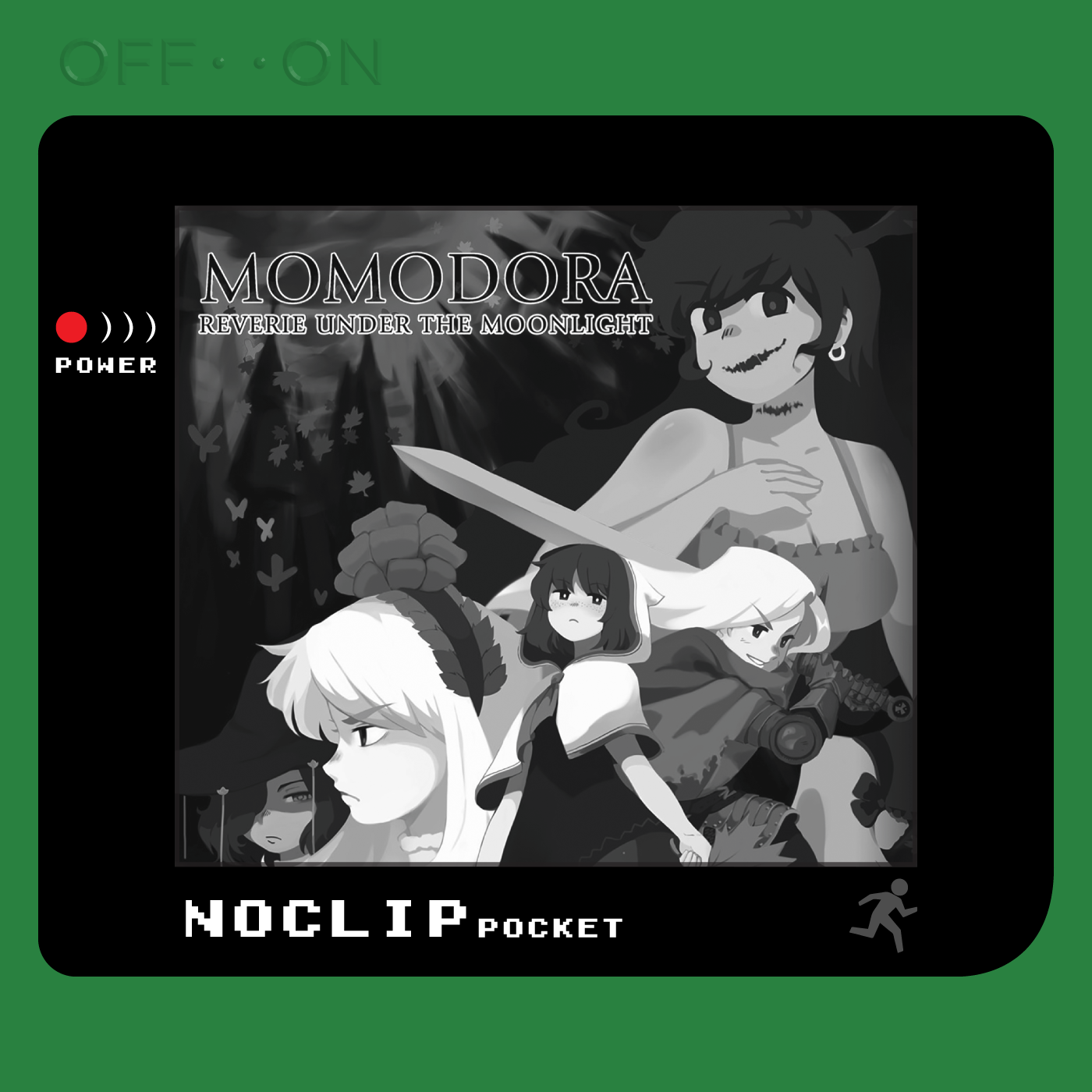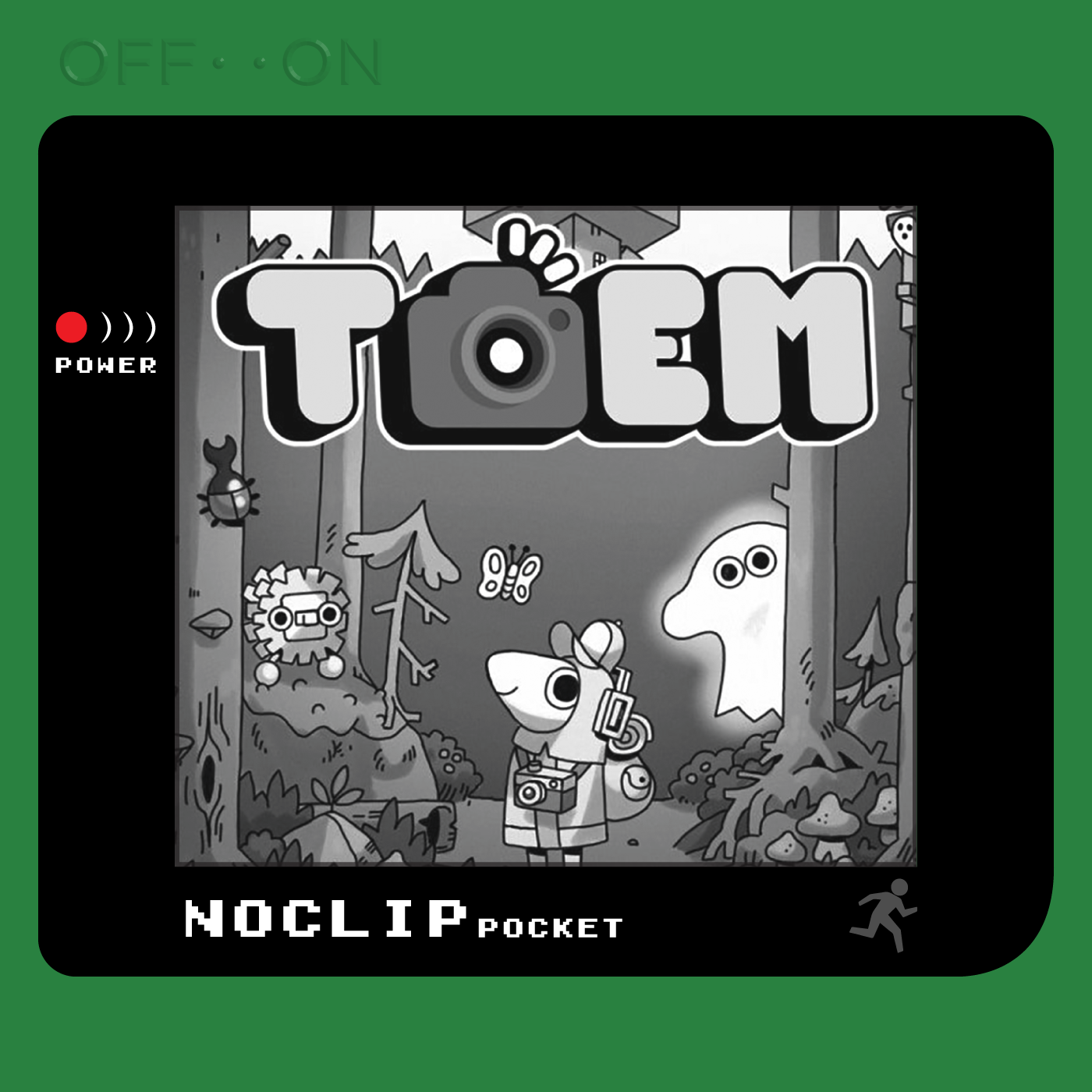Podcast juice, huh? I have no idea what it is, dude, but it tastes radical!
Welcome back to the podcast and our final episode in Ape-ril! We’re going to be discussing Donkey Kong Country: Tropical Freeze. This is a sequel to Donkey Kong Country Returns which is itself a spiritual follow up to the original series of games from the SNES, which puts this in a fairly odd position as a part of the franchise. A lot of the base elements of the game are tied to those original titles as the new series tries to relate back to what made those games so memorable, but then again the mechanics and designs of DKCR are being iterated on to further polish the game and the “tropical freeze” goes much further than a fresh coat of paint. This sequel-to-a-successor status and strong thematic elements make Tropical Freeze actually a very interesting standalone game, despite it’s close ties to its predecessors. We’re going to be talking about level design and the kind of platformer this strives to be, the way its stages tell stories on both a micro and macro level, and we discover the punchline to a joke about Cranky Kong that started over twenty years ago.
Thank you for joining us again and for closing out this mon(key)th with us! What are your feelings on Retro Studio’s take on the Donkey Kong franchise? Do you think these games are great? Are they overhyped? What about, and this is extremely important, what about Rambi? Do you…do you like Rambi? Let us know in the comments, or over on our Discord server where we talk about the games. Next time, we’re diving into our annual tradition of Mystery May and talking about Disco Elysium, so we hope you’ll join us then!





















